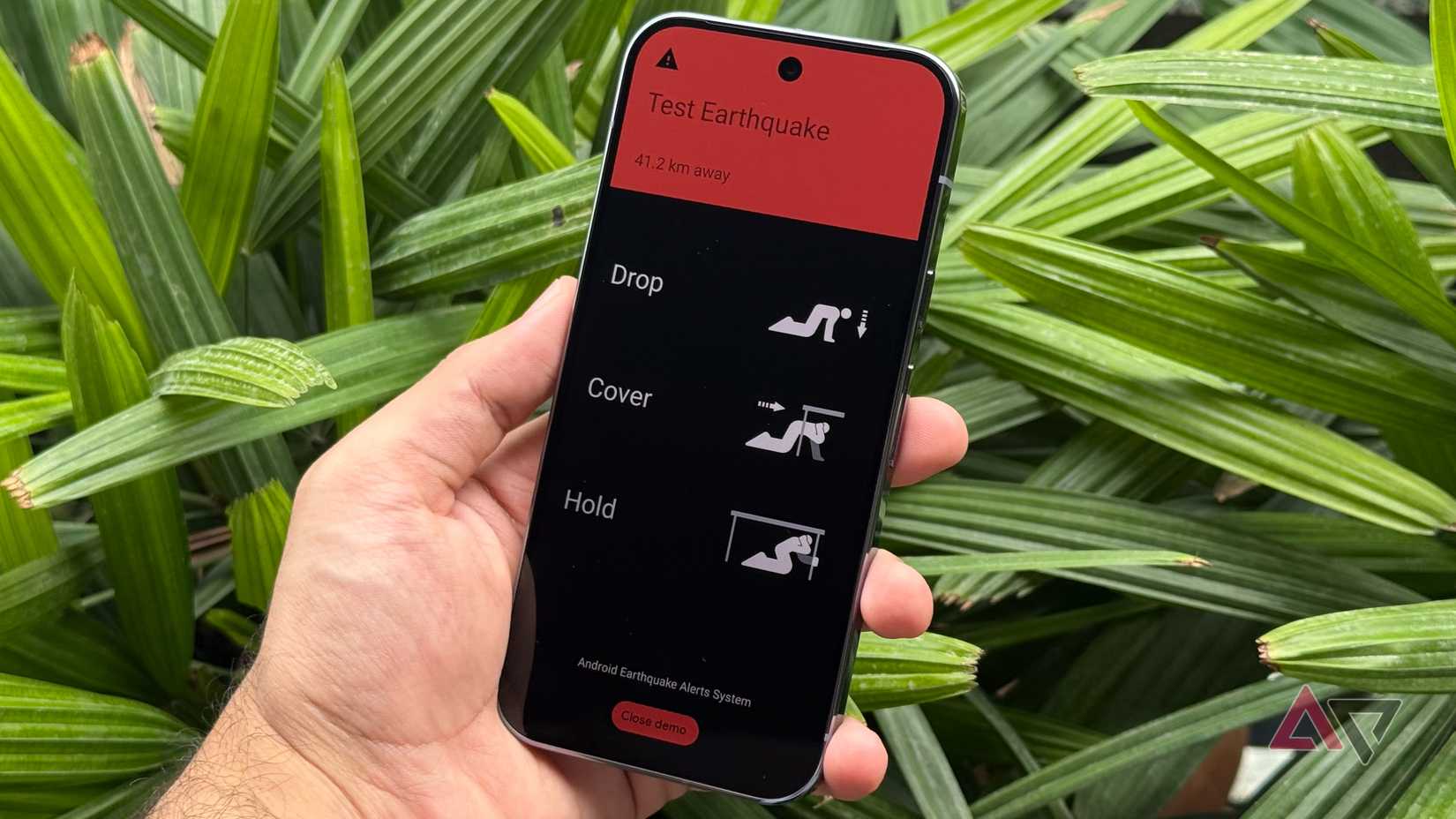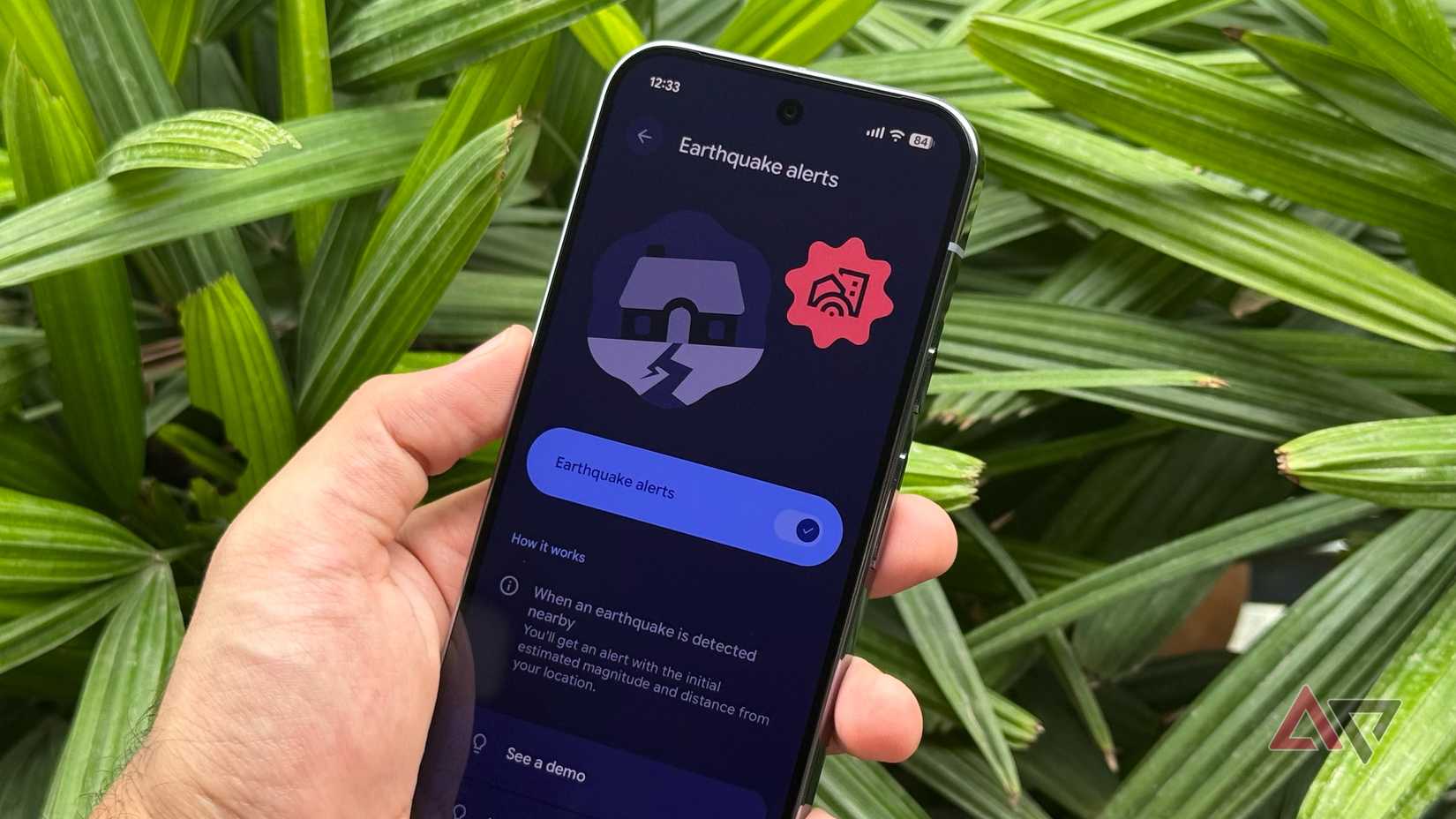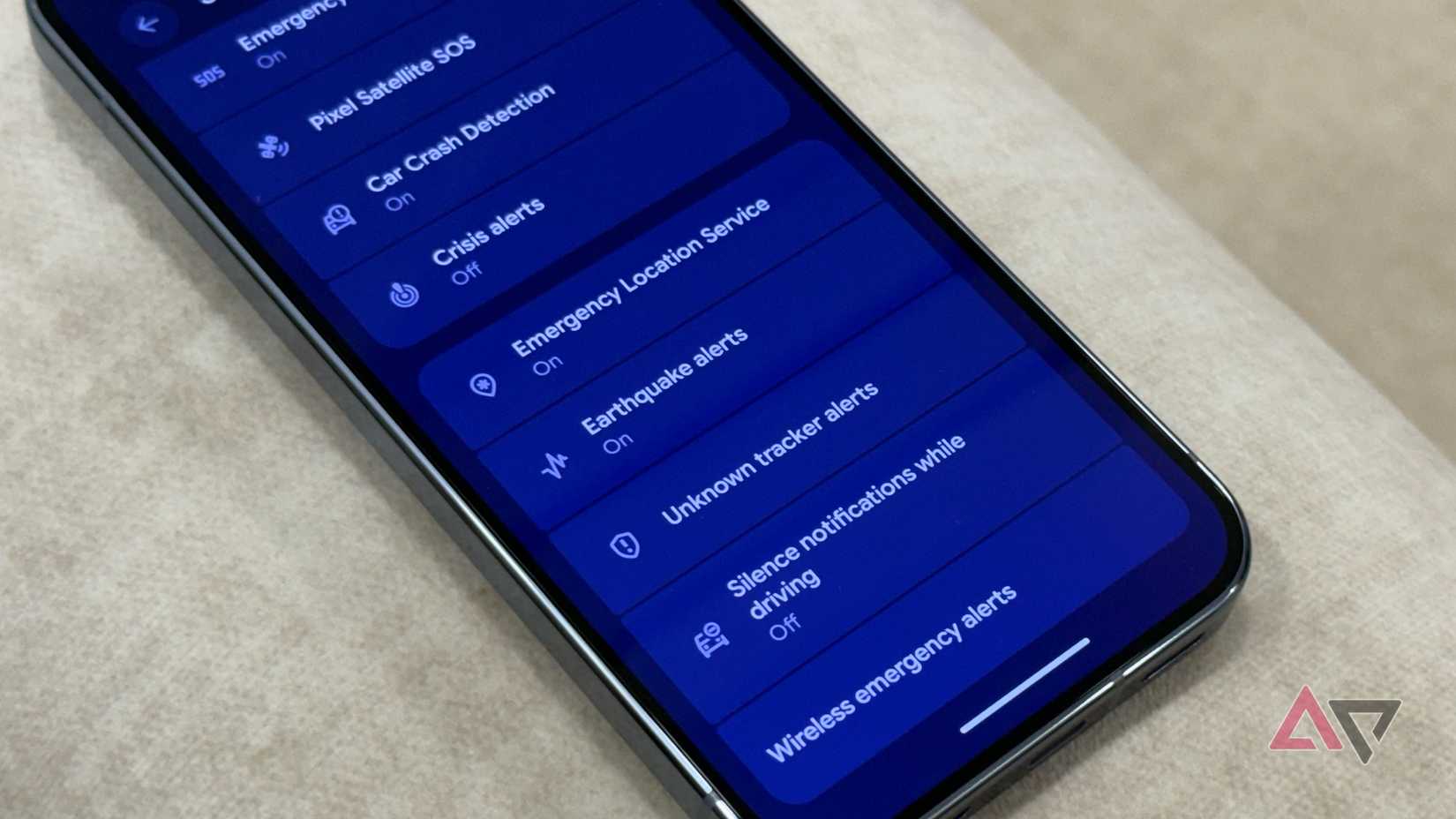Natural disasters are unavoidable. They come quietly, quickly, and can change your life forever. Thankfully, your Android phone has a hidden feature that could save your life during an earthquake.
Your phone can deliver critical alerts during an earthquake, giving you time to find a safe space when such events occur.
Here’s how earthquake alerts on Android work and how you can enable them on your device.
Earthquake alerts on Android explained in simple terms
Your phone uses sensors and signals to detect tremors early
Earthquake alerts on Android are not really new. Google first announced the feature in August 2020, although at the time, the feature was only available in a few regions.
Since then, Google has steadily expanded the feature, and it now works in nearly 100 countries worldwide.
In 2024, Google made it available in all 50 US states and six territories, while the feature expanded to India in July 2025.
How Android detects and sends earthquake alerts
Most Android phones are equipped with accelerometers — the same tiny sensors used to change screen orientation when auto-rotation is enabled or to detect steps in fitness tracking.
Google uses these accelerometers in a different way, turning them into mini seismometers that can detect the subtle vibrations of an earthquake.
When a stationary phone picks up the initial wave of a quake, it anonymously sends location and vibration data to Google’s servers.
If enough phones in the same area report similar movement, the system confirms an earthquake and sends alerts to all Android phones nearby.
Based on the magnitude, Google sends two types of alerts: “Be Aware” and “Take Action.” Be Aware is for mild quakes (magnitude 4.5+) that may cause light shaking, while Take Action is for severe earthquakes that pose immediate danger.
The latter can even bypass DND and other notification restrictions, sending loud sounds and pop-ups so you can take cover right away.
Google says that since launch, it has detected over 2,000 earthquakes and sent about 790 million alerts worldwide.
In November 2023, it sent an alert in the Philippines for a magnitude 6.7 earthquake just 18.3 seconds after it began, notifying nearly 2.5 million people to take cover.
While the system isn’t foolproof, the company has improved it over the past few years to make it safer and more useful for users.
It’s safe to say, earthquake alerts are a clever use of the Android ecosystem and something you should enable on your device.
Steps to set up earthquake alerts on your Android device
Settings you need to enable right now, so you’re not caught off guard
With this feature being of the utmost importance, earthquake alerts are often enabled by default on most Android devices. However, in some cases, you need to go into settings and enable them manually.
Here’s how to check if they’re on:
- Open Settings.
- Scroll down and select Safety and emergency.
- Select Earthquake alerts and turn on the toggle.
That’s it. Now, when there’s an earthquake in your area, Google will automatically send a critical alert to your Android phone so you can act accordingly.
You need to enable location and internet access (Wi-Fi or data) for the alerts to work.
If you want to see how an earthquake alert looks and works, you can tap the See a demo button in Earthquake alerts settings.
The demo shows how the feature works in action, providing tips on what to do and additional information like the earthquake’s magnitude and how far the epicenter is from your location.
The feature is quite useful and has proven itself many times in the past. It’s so useful that Samsung built its own version into the latest One UI 8.
Samsung’s version differs by offering features like separate intensity thresholds for day and night and past warning histories. However, it’s limited to One UI 8 devices for now, which aren’t many.
Thankfully, Google’s earthquake alerts remain widely available on all Android devices regardless of your phone’s OEM or service provider.
This overlooked Android feature might be a lifesaver
All things said, while Google has added new features to Android like the new Material 3 Expressive design and Gemini integration, the company has also, over the last few years, added features that make Android more useful and safer, such as theft protection and car crash detection.
Alongside enabling earthquake alerts on Android, if you own a Pixel Watch, set up fall detection and loss of pulse detection to make your entire ecosystem more secure.




